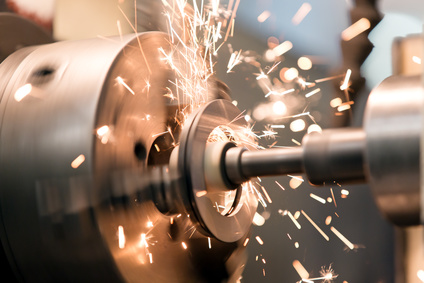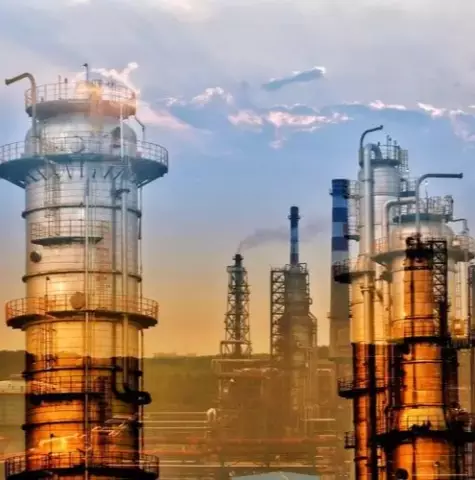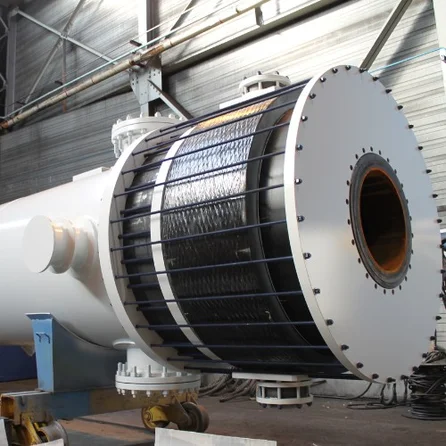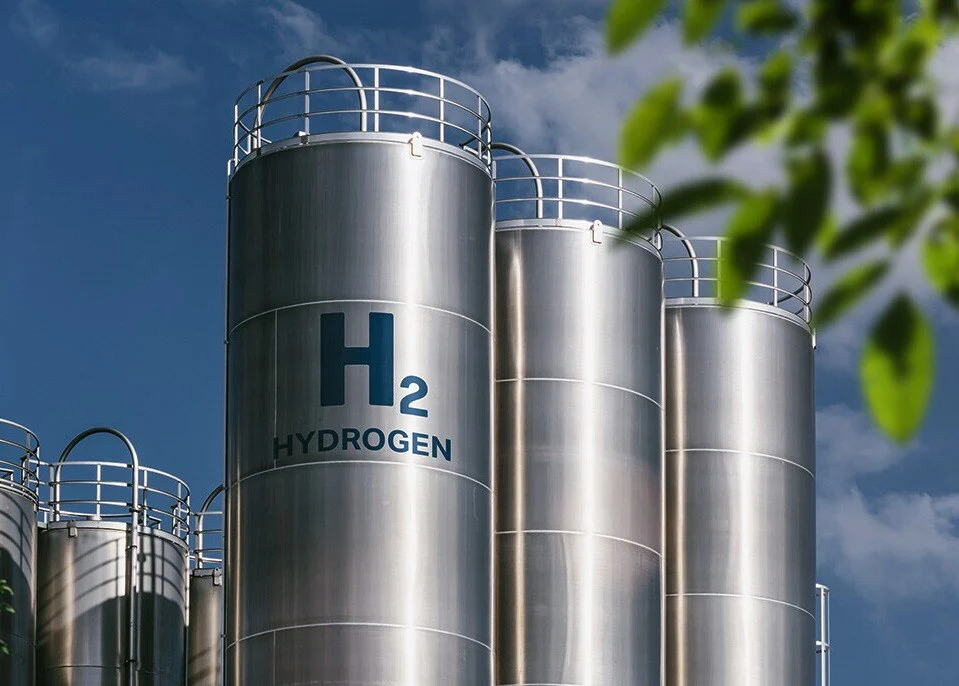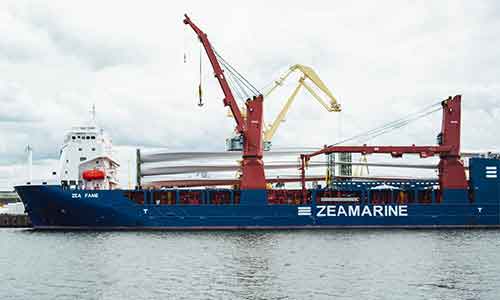Understanding Waste Heat Recovery in the Petrochemical Industry
Waste heat recovery in petrochemicals has emerged as one of the most effective ways to improve energy efficiency and sustainability in the industry. Petrochemical processes are energy-intensive, generating significant amounts of heat that often dissipate unused into the environment. However, with advancements in industrial heat recovery systems like the Waste Heat Recovery System (WHRS), petrochemical plants can capture and repurpose this thermal energy, translating it into substantial economic and environmental benefits.
By integrating cutting-edge technology like the WHRS, chemical plants can drastically reduce energy waste, optimizing their operational output. Systems such as these not only enhance energy efficiency in the petrochemical industry but also play a pivotal role in reducing greenhouse gas emissions, creating a win-win situation for the environment and business profitability.
How Industrial Heat Recovery Systems Work
At its core, a waste heat recovery system is designed to capture and utilize heat generated during industrial processes that would otherwise be lost. For instance, the WHRS can reclaim heat from exhaust gases, furnaces, and other high-temperature systems. This is achieved through advanced heat exchange technology, which transfers captured heat to usable energy forms, such as steam or electricity.
The WHRS offers flexibility in its configurations. Depending on the specific needs of a petrochemical plant, the system can include options like the Organic Rankine Cycle (ORC), a Heat Recovery Steam Generator (HRSG), or even a simple plate heat exchanger. These tailored configurations allow plants to efficiently utilize waste heat across a wide range of temperatures and pressure levels, making it an ideal solution for petrochemical process optimization.
Why Heat Recovery Applications Are Vital
Heat recovery applications in the petrochemical industry extend to multiple domains, offering both economic and operational advantages. Facilities that invest in systems such as the WHRS can realize dramatic cost savings by re-routing recovered heat towards power generation, heating, and even cooling processes.
For instance, using thermal energy recovery for steam-powered electricity generation can reduce reliance on external energy sources, translating into lower operational costs. Moreover, the system's energy-efficient design enables companies to cut carbon emissions by up to 30%, aligning with global sustainability goals and enhancing corporate responsibility initiatives.
Features and Benefits of the Waste Heat Recovery System
The WHRS is designed to thrive in high-temperature industrial environments, boasting several innovative features that make it a standout choice for petrochemical facilities:
1. **High-Efficiency Design**: Capable of capturing up to 90% of waste heat, the system significantly reduces energy bills and boosts overall efficiency.
2. **Durability and Reliability**: Made with corrosion-resistant materials such as stainless steel and titanium, it guarantees long-term use, even under extreme operating conditions.
3. **Anti-Fouling Technology**: Special coatings prevent buildup, minimizing maintenance downtime and maximizing productivity.
4. **Smart Monitoring Features**: IoT-enabled components allow for real-time analytics, predictive maintenance, and continuous system optimization.
Applications and Real-World Examples
Waste heat utilization isn’t limited to petrochemicals. The WHRS has proven its effectiveness across various industries such as manufacturing, cement production, and food processing. By channeling exhaust heat into electricity generation or secondary production processes, plants can augment efficiency and sustainability.
For example, a cement production facility recently adopted an ORC-based WHRS model. The system captured an impressive 2 MW of power from kiln exhaust gases, leading to a reduction of annual CO₂ emissions by 15,000 tons. This initiative demonstrated a quick return on investment, with payback realized within just 18 months.
Transforming the Petrochemical Industry
Integrating systems like the WHRS within petrochemical operations signals a transformative shift towards greener and more efficient processes. With potential savings of up to 35% on energy bills and the ability to reclaim substantial operational heat, these systems redefine profitability and sustainability. By choosing to install a waste heat recovery system, petrochemical plants not only unlock chemical plant energy savings but also position themselves as leaders in innovative and responsible energy management.
If you’re looking to modernize your operations and pave the way for enhanced efficiency, the WHRS offers a reliable, cost-effective, and environmentally conscious solution. Embrace waste heat recovery today and step into a future where energy is maximized, waste is minimized, and sustainability takes center stage.

